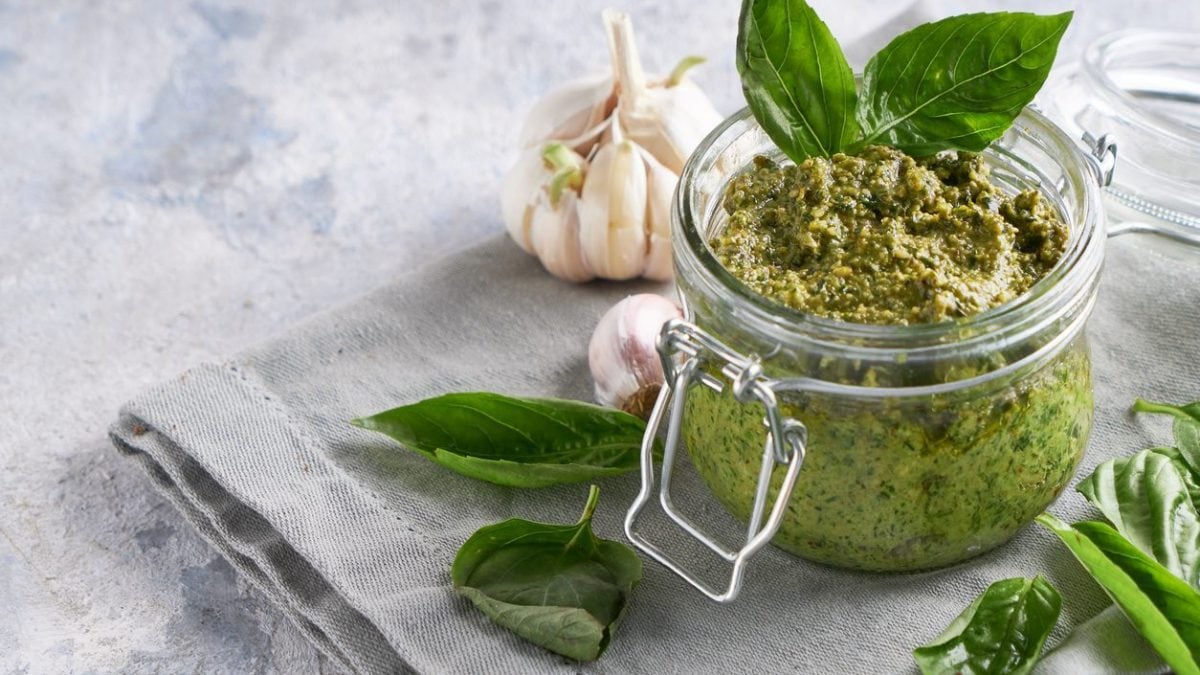
Traditional Agri-food Product, Basil pesto is one of the most popular crushed sauces in Italian cuisine. Typical of the Ligurian tradition, it requires the use of a few ingredients, but of the highest quality, and rigorously selected: fresh basil leaves, extra virgin olive oil, parmesan, pecorino, garlic (preferably from Vessalico), pine nuts and salt. A seemingly simple preparation, which in reality hides several pitfalls.
If you want to obtain an absolutely flawless basil pesto, with an inebriating aroma and a creamy consistency, just follow our advice and you will never make a mistake again. Once ready, you can use it as a condiment for trofie, lasagna, trenette, gnocchi or minestrone, you can use it to enrich a cereal salad or even use it as an additional ingredient to flavor bruschetta, savory pies, steamed green beans, grilled vegetables and boiled potatoes.
From choosing the right ingredients to the best tools, here are the mistakes not to make for a truly unforgettable pesto alla genovese.
1. Choose the Right Basil
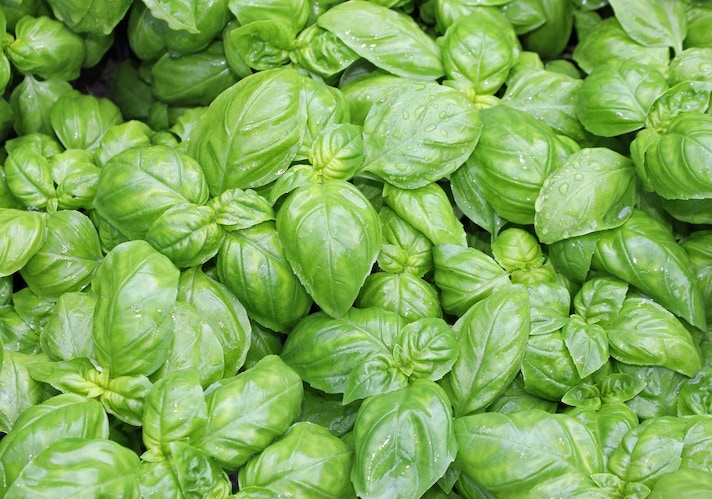
It may seem obvious, but the real star of pesto alla genovese is definitely basil. For this reason, it is important to choose it carefully: the production regulations require the use of young basil from Genoa, grown on the hills of Pra' and harvested when the plant is in bloom. A Ligurian variety of basil can also be used, recognizable by its large, smooth, and swollen leaves.
If you don't have these two types, you can opt for a classic garden or balcony basil, selecting the most beautiful and large leaves. Simply rinse them delicately under cold running water and then pat them dry with a sheet of absorbent kitchen paper or a clean kitchen cloth; you can also quickly blanch them in boiling water for a few seconds: a useful trick to tone down the bitter or minty final aftertaste.
Finally, an obvious fact, but it is better not to take anything for granted: pesto alla genovese must be prepared when the basil is fresh, lush and particularly fragrant. Summer is its best season, so stock up on it and prepare plenty of sauce to distribute in the appropriate containers, store in the freezer and use when needed for an express pasta. Even in winter.
2. Garlic: Yes or No?
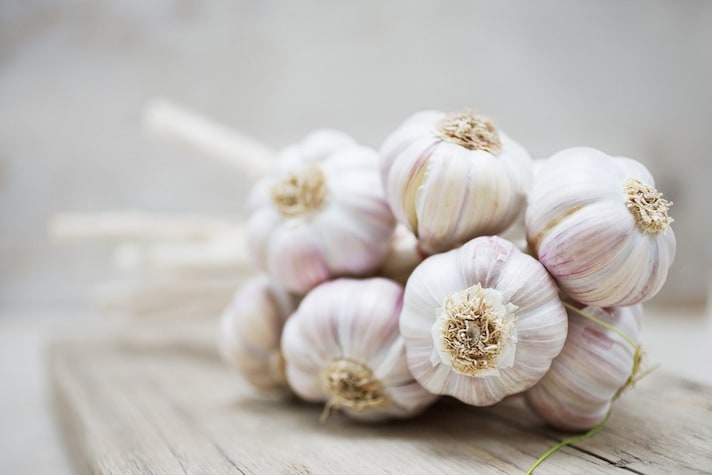
Always according to the production regulations, garlic must absolutely be included: the best is that of Vessalico, a Slow Food presidium, and an excellent ingredient of the territory. To avoid that with its pungent taste it covers the more delicate one of the basil, it is important not to overdo it and dose it carefully. So how much garlic? Let's consider one clove for every 80-100 grams of basil leaves.
If you fear that this may be indigestible or if you have dinner guests who cannot tolerate it, you can avoid adding it or follow our tricks to soften the taste and make it more digestible. In any case, we recommend that you quickly blanch it in water and eliminate the central shoot, where the allicin is more concentrated.
3. One Cheese is (Not) As Good As Another
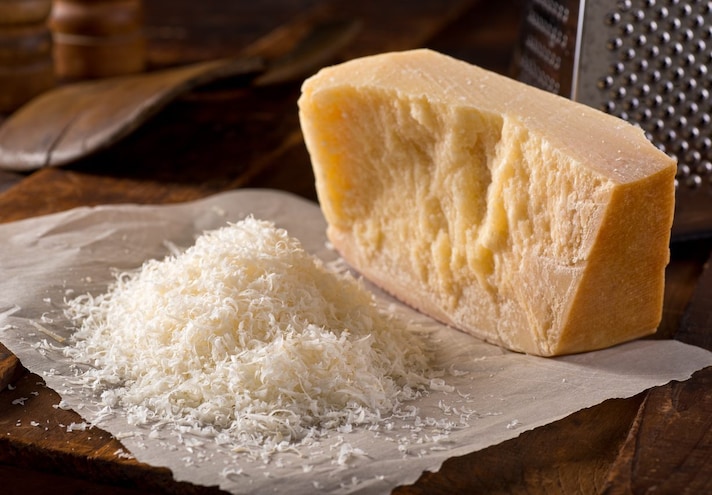
The traditional recipe calls for the use of two cheeses, parmesan and pecorino, in equal quantities. The pecorino used is Fiore Sardo, another local excellence with a strong and balanced flavor, and the parmesan must be aged for at least 30 months: in this way they will give the right flavor to the sauce without covering its taste.
If you use a mortar to work the basil (see point five), it is important to add the grated cheeses a little at a time, taking care to incorporate them perfectly and homogeneously before adding the rest. If you want to freeze the pesto, we recommend using a smaller amount of cheese: you will get a more delicate sauce to which you can add more cheese later, once combined with trofie, fusilli or rigatoni.
4. Saving is Prohibited
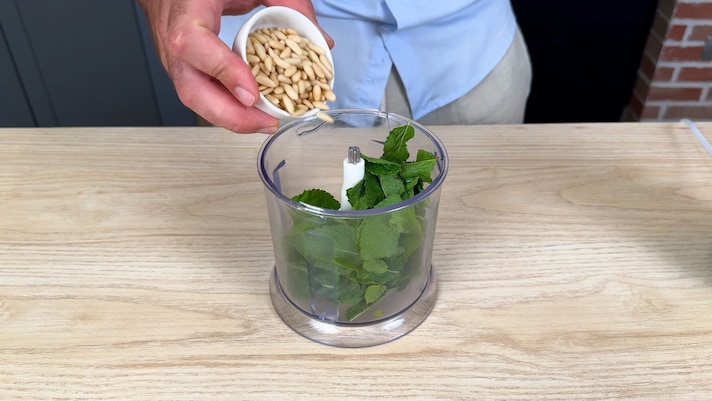
To prepare a pesto alla genovese worthy of the name, you need a few ingredients but, as already mentioned, of the highest quality. Among these are pine nuts, which must be purchased strictly Italian, sweeter and buttery, avoiding replacing them with other types of dried fruit, such as walnuts or cashews: this is a gross error that would risk compromising the work done so far and the final result. The recipe requires that for 150 grams of basil, approximately 60 grams of pine nuts are used.
The same goes for the oil, which must be extra virgin olive oil and of the highest quality. Focus on a Ligurian product or, alternatively, on a light oil with a delicate flavor, which does not overwhelm the other elements but, rather, is able to enhance them. Absolutely forbidden are butter, seed oil or cream; for 150 grams of basil, approximately 150 ml of extra virgin olive oil should be used, to be added slowly while you are working everything with the mortar.
5. Mortar of Blender?
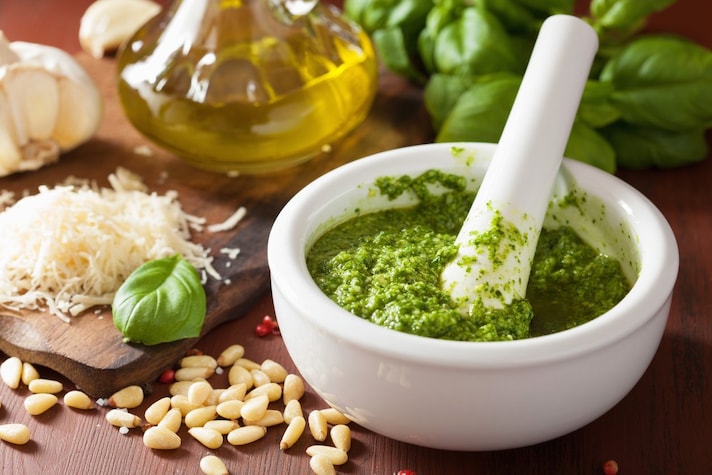
The production specification for Genoese pesto requires the use of a marble mortar and pestle: tradition dictates, in fact, that you work everything with "elbow grease", turning the pestle clockwise and adding in sequence basil, garlic, pine nuts, grated cheeses and extra virgin olive oil in a drizzle, until you obtain the desired consistency. In this way the basil leaves will not oxidize, maintaining their organoleptic properties unaltered and the mixture will be a beautiful bright green color.
If you don't have a mortar, you can use a kitchen mixer: just collect all the ingredients in the jug and blend at low speed and intermittently, with short pulses, taking care to put the appliance's blades in the freezer at least half an hour before proceeding with the preparation. In this way we will avoid the basil leaves, due to the high temperatures, from darkening and therefore compromising the final color of the sauce.
Again, to prevent the pesto from blackening, we recommend using cold ingredients from the fridge, including extra virgin olive oil. Another golden rule to keep in mind concerns the temperature of the pesto: it should never be heated, except indirectly, by stirring it with a drop of hot water; otherwise it would become bitter and unpleasant to the palate and the cheeses, with the heat, would risk tearing, making the sauce lumpy.
Bonus Trick: The Parsley Trick
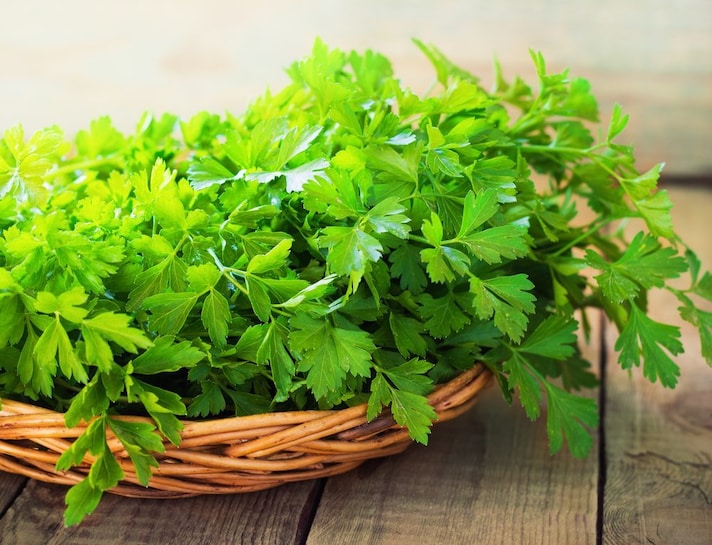
Although purists might turn up their noses, we recommend adding a few parsley leaves to your preparation: this little trick will allow you to obtain a sauce of a beautiful, intense and bright green color. However, let's not tell the Genoese: they might take it to heart.
;Resize,width=767;)
